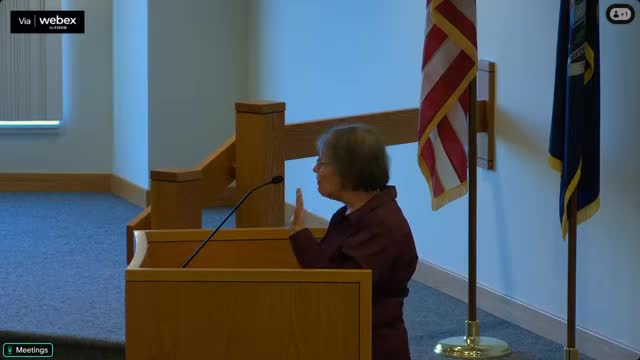Saint Clair County residents voice concerns over proposed solar project impacts
April 16, 2025 | St. Clair County, Michigan
Thanks to Scribe from Workplace AI , all articles about Michigan are free for you to enjoy throughout 2025!

This article was created by AI using a video recording of the meeting. It summarizes the key points discussed, but for full details and context, please refer to the video of the full meeting. Link to Full Meeting
A key speaker highlighted the inadequacy of Michigan's current solar energy production, stating that 20,000 acres of farmland only meet 8% of the state's electrical needs. This raised questions about the feasibility of transitioning to 100% renewable energy without compromising agricultural land. The speaker expressed skepticism about claims that solar energy is free from toxins, citing extensive research that suggests otherwise.
Another resident, who has served on the Wales Township board for 18 years, emphasized the importance of community input in decision-making processes regarding solar projects. She shared personal anecdotes about the negative experiences of families living near solar installations, including health issues and loss of property value.
Pastor Anthony Ferrell echoed these sentiments, describing a pervasive sense of hopelessness among residents facing encroaching solar developments. He argued that while alternative energy sources are necessary, the current approach to solar projects is damaging to people's lives and well-being.
The meeting also featured voices from local leaders, including Kevin Watkins, president of the Port Huron branch of the NAACP, who raised concerns about environmental injustice and the disproportionate impact of solar projects on rural communities.
As discussions unfolded, many attendees called for stricter regulations on solar energy projects, urging the county to lower the threshold for project approval and ensure that community health and environmental integrity are prioritized.
The hearing underscored a growing tension between the push for renewable energy and the rights and health of local residents, leaving many to wonder how the county will navigate this complex issue moving forward.
Converted from April 16, 2025 St Clair County Health Department Public Hearing meeting on April 16, 2025
Link to Full Meeting
Comments
View full meeting
This article is based on a recent meeting—watch the full video and explore the complete transcript for deeper insights into the discussion.
View full meeting


